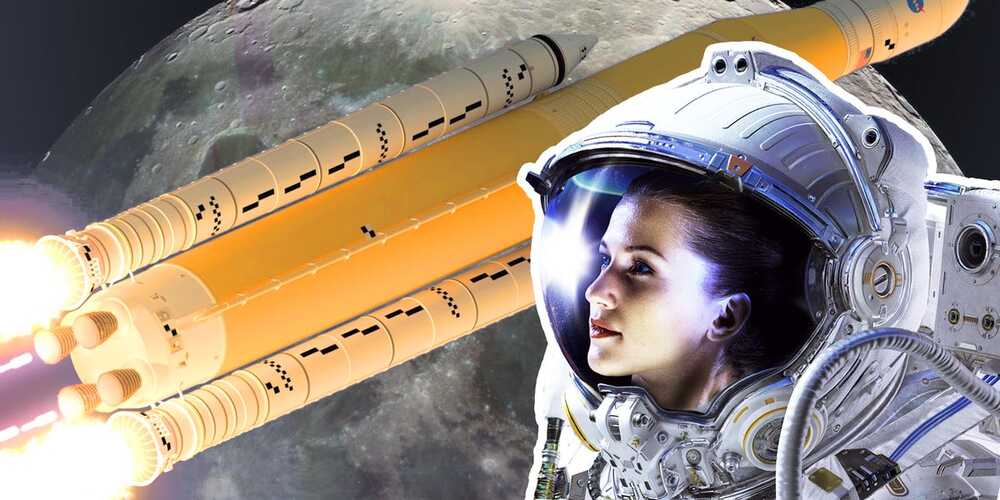Yummy?
Eat Just Inc., a maker of meat and egg substitutes, has been approved to sell its laboratory-created chicken in Singapore, which becomes the first government to allow the sale of cultured meat.


You can’t see it. You can’t feel it. But the substance scientists refer to as dark matter could account for five times as much “stuff” in the universe as the regular matter that forms everything from trees, trains and the air you breathe, to stars, planets and interstellar dust clouds.
Though scientists see the signature of dark matter indirectly in the way large objects orbit one another—particularly how stars swirl around the centers of spiral galaxies—no one knows yet what comprises this substance. One of the candidates is a Z’ boson, a fundamental particle that has been theorized to exist but never detected.
A new proposed experiment could help scientists determine whether Z’ bosons are real, in that way identifying a possible candidate for dark matter. To accomplish this task, researchers from the National Institute of Standards and Technology (NIST), the University of Groningen in the Netherlands, the Canadian particle accelerator center TRIUMF and other collaborators are working to make the most accurate measurements to date of a nuclear property that is extremely difficult to measure, called nuclear spin-dependent parity violation (NSD-PV).



Earlier in the year, many funders agreed to extend deadlines for research projects halted or delayed by the pandemic — but fewer offered extra funding to cover this period. Worryingly, most of the funders we approached still have no concrete plans to provide such additional financial support to postdocs. Many postdocs are not eligible for the government salary subsidies, or furlough schemes, that have been made available to many workers during the pandemic. Expanding access to such schemes is arguably the one intervention that could do the most to ease pressures at this time.
Most funders have no plans to provide postdoctoral researchers with additional pandemic funding. Society will pay a high price if this neglect continues.

Radar and LiDAR have been incredibly quick and effective tools for mapping and surveying the Earth’s surface from aircraft and satellites, but while they can deliver accurate readings through cloud and even forest canopy cover, they can’t tell you what’s below the surface of the sea. Seawater absorbs far too much of the signal.
Sonar remains the most effective way to map out the sea floor – but the vast majority of the oceans that form 70 percent of the Earth’s surface remain unmapped, because sonic waves have hitherto only been able to be sent out from underwater. Sound waves sent from air into water lose more than 99.9 percent of their energy in the translation; it’s why the outside world goes so wonderfully silent when you dive down to the bottom of the pool. The meagre remaining 0.1 percent of the energy does create a sonar signal, but that loses a further 99.9 percent of its energy upon coming back up from the water into the air.
Sonar is commonly used for submarine detection, among other things, by military forces the world over, chiefly using devices on the undersides of ships. But the closest things thus far to an airborne sonar system are “dippers” like Thales’ FLASH system; low-frequency, wide-band sonar systems that dangle from cables out the bottom of helicopters and dip into the sea below like noisy teabags. These methods are slow, expensive, and no good at covering large areas.

ARK previously detailed the tactical advantages Tesla would enjoy if it were to launch a vertically integrated ride-hail service. Here, we detail the strategic logic of Tesla launching that service.


There are several ways to generate power from that mixing. And a couple of blue energy power plants have been built. But their high cost has prevented widespread adoption. All blue energy approaches rely on the fact that salts are composed of ions, or chemicals that harbor a positive or negative charge. In solids, the positive and negative charges attract one another, binding the ions together. (Table salt, for example, is a compound made from positively charged sodium ions bound to negatively charged chloride ions.) In water, these ions detach and can move independently.
By pumping the positive ions—like sodium or potassium—to the other side of a semipermeable membrane, researchers can create two pools of water: one with a positive charge, and one with a negative charge. If they then dunk electrodes in the pools and connect them with a wire, electrons will flow from the negatively charged to the positively charged side, generating electricity.
In 2013, French researchers made just such a membrane. They used a ceramic film of silicon nitride—commonly used in industry for electronics, cutting tools, and other uses—pierced by a single pore lined with a boron nitride nanotube (BNNT), a material being investigated for use in high-strength composites, among other things. Because BNNTs are highly negatively charged, the French team suspected they would prevent negatively charged ions in water from passing through the membrane (because similar electric charges repel one another). Their hunch was right. They found that when a membrane with a single BNNT was placed between fresh- and saltwater, the positive ions zipped from the salty side to the fresh side, but the negatively charged ions were mostly blocked.